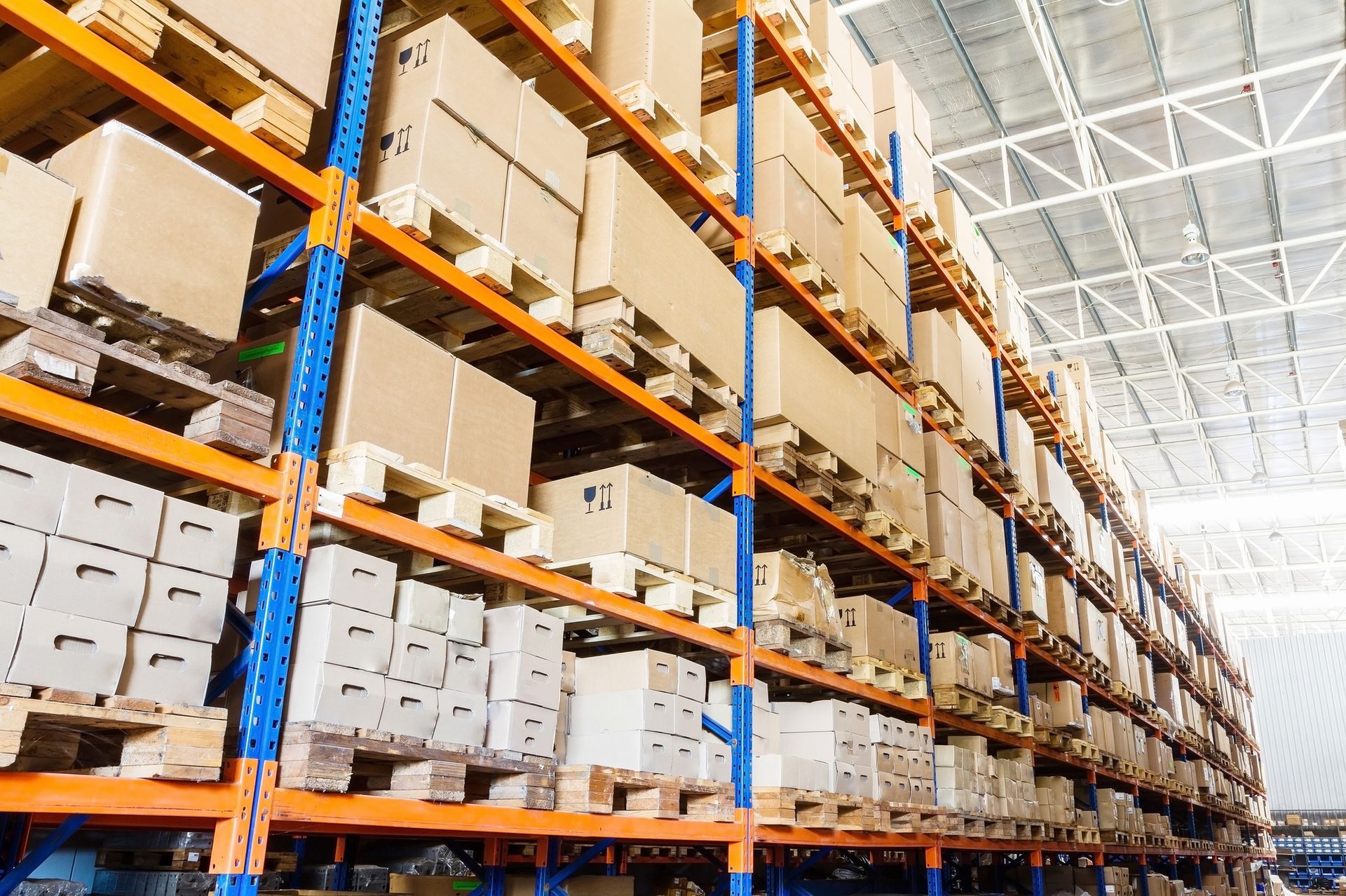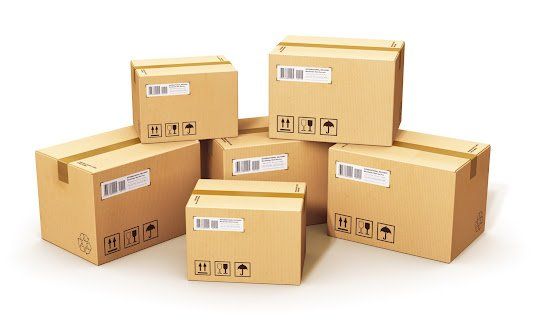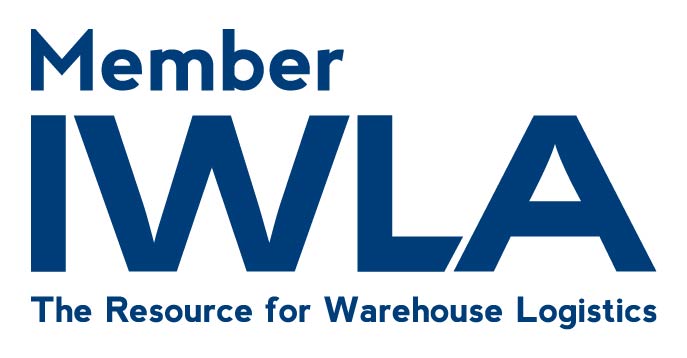5 Ways to Measure Your Supply Chain's Performance
This is a subtitle for your new post

How should you measure the performance of your supply chain? For many businesses, the key metric is likely cost. Can you get your materials and ship your goods for less? You might also notice significant issues such as a vendor that consistently runs late with their materials.
But should you look for more than these obvious factors? Yes. Modern supply chains are complex systems, and a variety of less-understood metrics can affect the entire chain and your bottom line. Here are a few things you might use to measure success.
1. Defects and Returns
Do you know the percentage of materials that you receive with defects or damage? What about the amount of goods being returned by your customers? You can improve these quality control measurements. Every time your operation must handle an inventory item — incoming or outgoing — twice, it costs extra time, effort, and money. Similarly, every item that can't be used is waste within the chain.
2. Exposure to Disruption
Because supply chains now involve many companies over vast distances, they are more vulnerable than ever. Through the supply chain, you may be exposed to natural disasters in other locations, customs issues, political instability, economic recessions, shipping delays, quality issues, and even vendor bankruptcies.
By analyzing the potential problems within your vendor and customer chain, you can reduce those risks and create more buffers. For instance, if the risks of relying on international vendors are great, you might work to find domestic partners and thus remove some potential disruption risk. Or you could work with several vendors instead of relying on a single source for a vital item.
3. Time Frames
How long passes between various points in your supply chain? Have you measured the time between placing an order with a vendor and it arriving at your door? What about between customer orders and customer deliveries? How long does an item spend in your own assembly operation? On delivery trucks? Being unloaded at your docks? Moving between transport modes?
While individual shipments might have unique issues, patterns emerge when you study more steps over time. These patterns help you identify places you can improve, perhaps even resulting in an ultra-efficient, just-in-time inventory strategy.
4. Inventory Turnover
How often is inventory being turned over or used up? This is a reflection not only on your own operation as part of the supply chain but also on how well the supply chain works for you. If you must order more inventory than you need to avoid running out before more arrives, your supply chain is letting you down. And if some materials languish because other raw materials to make goods haven't arrived, money is sitting idle.
5. Capital Investment
How much of your business's current working capital is tied up in the supply chain at any given time? This could indicate supply chain issues you can correct.
For example, if you have to hold a lot of raw materials in your warehouse before you need them — perhaps due to the inability to scale up or down your orders — a larger percentage of your working money is tied up in inventory. And if there is lag time between customer orders and inventory going out the door, that customer money isn't working quickly to reduce your percentages of capital invested either.
Could your business benefit from improvement in any of these areas? If so, supply chain optimization could be the right move. Learn more about managing your supply chain from start to finish by visiting with the logistics pros at JBS Logistics today. We will help you find your supply chain weaknesses and turn them into strengths.















